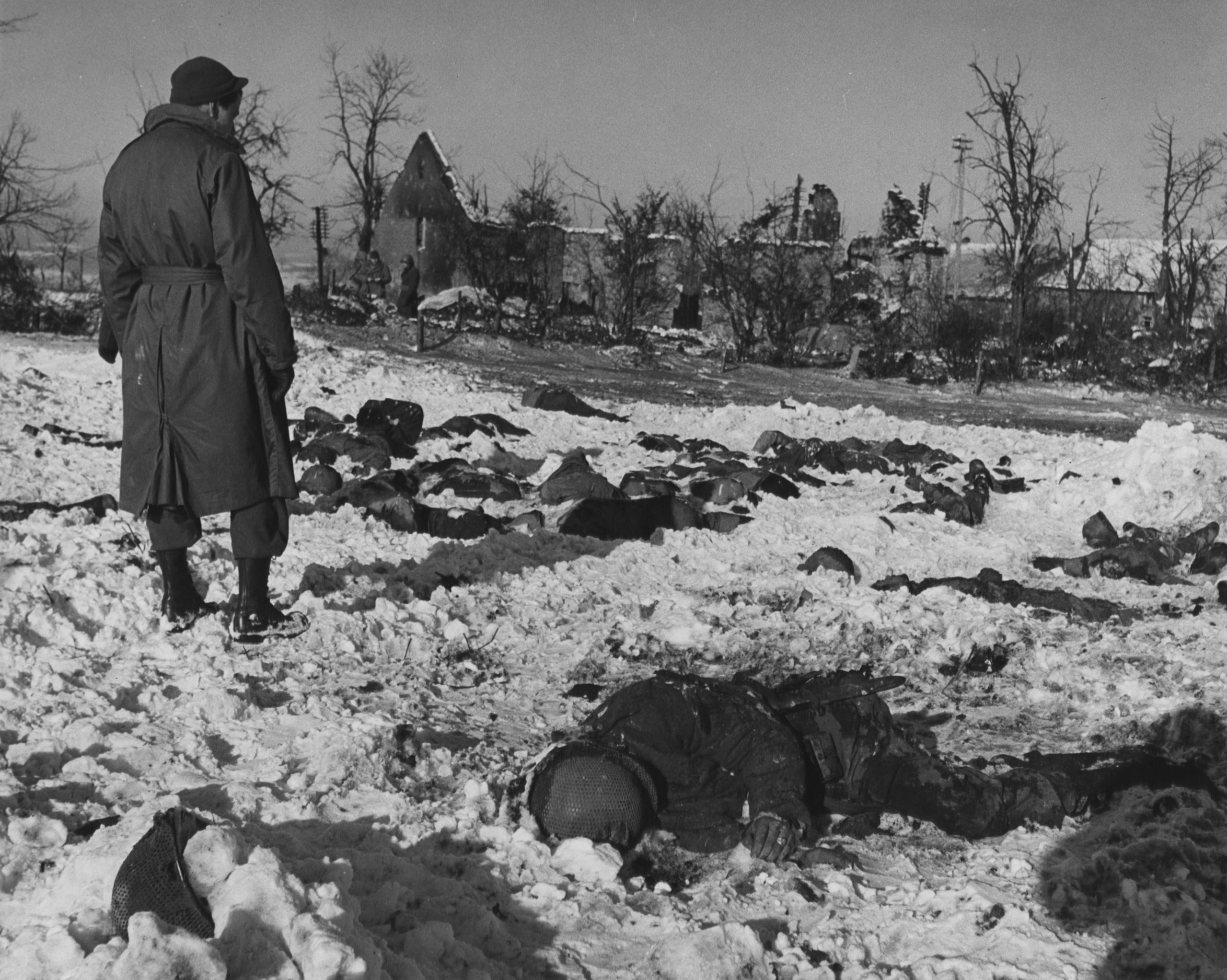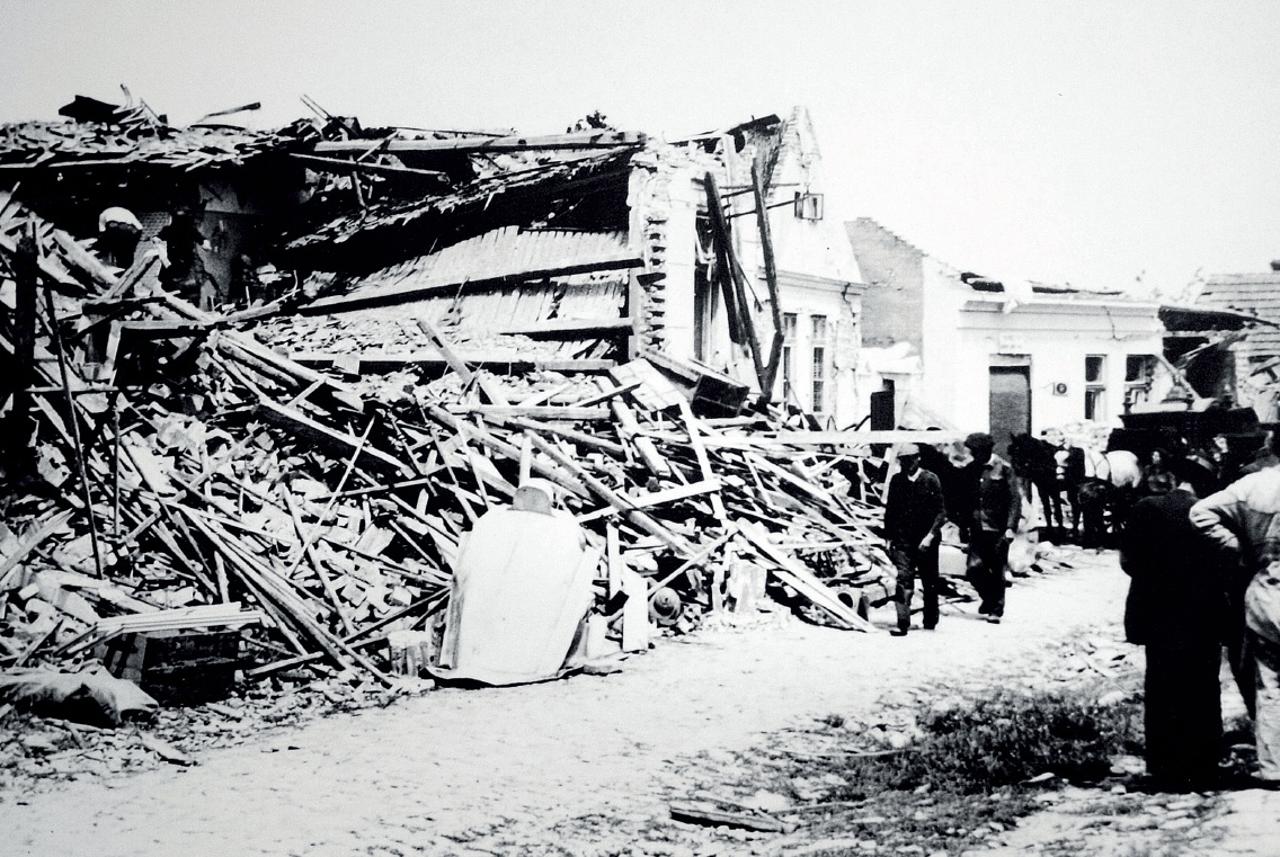|
Sremska Mitrovica Prison
Sremska Mitrovica Prison ( sr-Cyrl-Latn, Казнено-поправни завод у Сремској Митровици, Kazneno-popravni zavod u Sremskoj Mitrovici) is the biggest prison in Serbia, consisting of two facilities. It is situated in Sremska Mitrovica, Vojvodina province. During the Yugoslavian Civil Wars it was used as a concentration camp for thousands of Croatian and Bosnian prisoners amidst allegations of torture, prisoner abuse and rape. History Foundation and early history It was formed by the order of Habsburg emperor Franz Joseph between 1895 and 1899. From 1918 to 1941, it functioned under administration of the Kingdom of Yugoslavia and after 1944 under administration of the Socialist Federal Republic of Yugoslavia. Yugoslav Wars During the Yugoslav Wars, some Croatian and Bosniak prisoners of war were kept in this prison. The main prison facility; the largest known in Serbia, was open from November 1991 to August 1992 and was a scene where many prisoners ... [...More Info...] [...Related Items...] OR: [Wikipedia] [Google] [Baidu] |
Serbia
, image_flag = Flag of Serbia.svg , national_motto = , image_coat = Coat of arms of Serbia.svg , national_anthem = () , image_map = , map_caption = Location of Serbia (green) and the claimed but uncontrolled territory of Kosovo (light green) in Europe (dark grey) , image_map2 = , capital = Belgrade , coordinates = , largest_city = capital , official_languages = Serbian language, Serbian , ethnic_groups = , ethnic_groups_year = 2022 , religion = , religion_year = 2022 , demonym = Serbs, Serbian , government_type = Unitary parliamentary republic , leader_title1 = President of Serbia, President , leader_name1 = Aleksandar Vučić , leader_title2 = Prime Minister of Serbia, Prime Minister , leader_name2 = Đuro Macut , leader_title3 = Pres ... [...More Info...] [...Related Items...] OR: [Wikipedia] [Google] [Baidu] |
Prime Minister
A prime minister or chief of cabinet is the head of the cabinet and the leader of the ministers in the executive branch of government, often in a parliamentary or semi-presidential system. A prime minister is not the head of state, but rather the head of government, serving as the chief of the executive under either a monarch or a president in a republican form of government. In parliamentary systems of government (be they constitutional monarchies or parliamentary republics), the Prime Minister (or occasionally a similar post with a different title, such as the Chancellor of Germany) is the most powerful politician and the functional leader of the state, by virtue of commanding the confidence of the legislature. The head of state is typically a ceremonial officer, though they may exercise reserve powers to check the Prime Minister in unusual situations. Under some presidential systems, such as South Korea and Peru, the prime minister is the leader or the most s ... [...More Info...] [...Related Items...] OR: [Wikipedia] [Google] [Baidu] |
Imprisonment And Detention
Imprisonment or incarceration is the restraint of a person's liberty for any cause whatsoever, whether by authority of the government, or by a person acting without such authority. In the latter case it is considered "false imprisonment". Imprisonment does not necessarily imply a place of confinement with bolts and bars, but may be exercised by any use or display of force (such as placing one in handcuffs), lawfully or unlawfully, wherever displayed, even in the open street. People become prisoners, wherever they may be, by the mere word or touch of a duly authorized officer directed to that end. Usually, however, imprisonment is understood to imply actual confinement against one's will in a prison employed for the purpose according to the provisions of the law. Generally incarceration of women, gender imbalances occur in imprisonment rates, with incarceration of males proportionately more likely than incarceration of females. History Africa Before colonisation, imprisonment w ... [...More Info...] [...Related Items...] OR: [Wikipedia] [Google] [Baidu] |
Prisons In Serbia
A prison, also known as a jail, gaol, penitentiary, detention center, correction center, correctional facility, or remand center, is a facility where people are imprisoned under the authority of the state, usually as punishment for various crimes. They may also be used to house those awaiting trial (pre-trial detention). Prisons are most commonly used within a criminal-justice system by authorities: people charged with crimes may be imprisoned until their trial; and those who have pleaded or been found guilty of crimes at trial may be sentenced to a specified period of imprisonment. Prisons can also be used as a tool for political repression by authoritarian regimes who detain perceived opponents for political crimes, often without a fair trial or due process; this use is illegal under most forms of international law governing fair administration of justice. In times of war, belligerents or neutral countries may detain prisoners of war or detainees in military prisons or in ... [...More Info...] [...Related Items...] OR: [Wikipedia] [Google] [Baidu] |
Buildings And Structures In Sremska Mitrovica
A building or edifice is an enclosed structure with a roof, walls and windows, usually standing permanently in one place, such as a house or factory. Buildings come in a variety of sizes, shapes, and functions, and have been adapted throughout history for numerous factors, from building materials available, to weather conditions, land prices, ground conditions, specific uses, prestige, and aesthetic reasons. To better understand the concept, see ''Nonbuilding structure'' for contrast. Buildings serve several societal needs – occupancy, primarily as shelter from weather, security, living space, privacy, to store belongings, and to comfortably live and work. A building as a shelter represents a physical separation of the human habitat (a place of comfort and safety) from the ''outside'' (a place that may be harsh and harmful at times). buildings have been objects or canvasses of much artistic expression. In recent years, interest in sustainable planning and building practi ... [...More Info...] [...Related Items...] OR: [Wikipedia] [Google] [Baidu] |
War Criminal
A war crime is a violation of the laws of war that gives rise to individual criminal responsibility for actions by combatants in action, such as intentionally killing civilians or intentionally killing prisoners of war, torture, taking hostages, unnecessarily destroying civilian property, deception by perfidy, wartime sexual violence, pillaging, and for any individual that is part of the command structure who orders any attempt to committing mass killings (including genocide or ethnic cleansing), the granting of no quarter despite surrender, the conscription of children in the military, and flouting the legal Indiscriminate attack, distinctions of Proportionality (law), proportionality and military necessity. The formal concept of war crimes emerged from the codification of the customary international law that applied to warfare between sovereign states, such as the Lieber Code (1863) of the Union Army in the American Civil War and the Hague Conventions of 1899 and 1907 for int ... [...More Info...] [...Related Items...] OR: [Wikipedia] [Google] [Baidu] |
Veselin Šljivančanin
Veselin Šljivančanin (; born 13 June 1953) is a former Montenegrin Serb officer in the Yugoslav People's Army (JNA) who participated in the Battle of Vukovar and was subsequently convicted on a war crimes indictment by the International Criminal Tribunal for the Former Yugoslavia for his role in the Vukovar massacre. His prison sentence was changed twice, from five to seventeen to ten years. He has since been ordered released by the ICTY on time served and good behavior. Biography Šljivančanin was born in the village of Palež near Žabljak, PR Montenegro, then FPR Yugoslavia. His family belongs to the Drobnjaci tribe, and have the '' slava'' of St. George. As a Major of the JNA, Šljivančanin took part in the battle of Vukovar which was fought from the end of August until 18 November 1991. After the fall of Vukovar, he was promoted to the rank of lieutenant colonel and was placed in command of a brigade of JNA stationed at Podgorica (then still known as Titograd), Mo ... [...More Info...] [...Related Items...] OR: [Wikipedia] [Google] [Baidu] |
Slobodan Milošević
Slobodan Milošević ( sr-Cyrl, Слободан Милошевић, ; 20 August 1941 – 11 March 2006) was a Yugoslav and Serbian politician who was the President of Serbia between 1989 and 1997 and President of the Federal Republic of Yugoslavia from 1997 until Overthrow of Slobodan Milošević, his оverthrow in 2000. Milošević played a major role in the Yugoslav Wars and became the first sitting head of state charged with war crimes. Born in Požarevac, he studied law at the University of Belgrade Faculty of Law during which he joined the League of Socialist Youth of Yugoslavia. From the 1960s, he was advisor to the mayor of Belgrade, and in the 1970s he was a chairman of large companies as the protégé of Serbian leader Ivan Stambolić. Milošević was a high-ranking member of the League of Communists of Serbia (SKS) during the 1980s; he 8th Session of the Central Committee of the League of Communists of Serbia, came to power in 1987 after he ousted opponents, includin ... [...More Info...] [...Related Items...] OR: [Wikipedia] [Google] [Baidu] |
ICTY
The International Criminal Tribunal for the former Yugoslavia (ICTY) was a body of the United Nations that was established to prosecute the war crimes that had been committed during the Yugoslav Wars and to try their perpetrators. The tribunal was an ''ad hoc'' court located in The Hague, Netherlands. It was established by Resolution 827 of the United Nations Security Council, which was passed on 25 May 1993. It had jurisdiction over four clusters of crimes committed on the territory of the former Yugoslavia since 1991: grave breaches of the Geneva Conventions, violations of the laws or customs of war, genocide, and crimes against humanity. The maximum sentence that it could impose was life imprisonment. Various countries signed agreements with the United Nations to carry out custodial sentences. A total of 161 persons were indicted; the final indictments were issued in December 2004, the last of which were confirmed and unsealed in the spring of 2005. The final fugitive, ... [...More Info...] [...Related Items...] OR: [Wikipedia] [Google] [Baidu] |
HDLSKL
Croatian Association of Prisoners in Serbian Concentration Camps () is an association of former prisoners in Serbian jails and prison camps during the Croatian War of Independence. The organization was founded in Zagreb in 1995 and began its work that same year. Its offices are located on Ban Jelačić Square. In 2006, the association was admitted to the World Veterans Federation. Its president is Danijel Rehak. The organization helps raise monuments, commemorates anniversaries relating to the war and also helps publish related books. In 2004 the association opened a centre in Borovo Naselje, whose aim is to research war crimes committed during the war. The centre was opened by deputy prime minister Jadranka Kosor and parliamentary speaker Vladimir Šeks. Kosor served as the minister of Family Affairs, War Veterans and Intergenerational Solidarity, a ministry with which the association works closely. According to the Societies data, a total of 8,000 Croatian civilians and POWs (a ... [...More Info...] [...Related Items...] OR: [Wikipedia] [Google] [Baidu] |
Osijek
Osijek () is the fourth-largest city in Croatia, with a population of 96,848 in 2021. It is the largest city and the economic and cultural centre of the eastern Croatian region of Slavonia, as well as the administrative centre of Osijek-Baranja County. Osijek is on the right bank of the Drava River, upstream of its confluence with the Danube, at an elevation of . Name The name was given to the city due to its position on elevated ground, which prevented the city being flooded by the local swamp waters. Its name ''Osijek'' derives from the Croatian word ''oseka'' ' ebb tide'. Due to its history within the Habsburg monarchy and briefly in the Ottoman Empire, as well as the presence of German, Hungarian, and Serbian minorities throughout its history, Osijek has (or had) its names in other languages: Hungarian: ''Eszék'', German: , or , , and English: ''Esgek''. Its Roman name was ''Aelia Mursa'', ''Mursa'', and later ''Mursa Major'', which may be a form of the pre-existing na ... [...More Info...] [...Related Items...] OR: [Wikipedia] [Google] [Baidu] |





